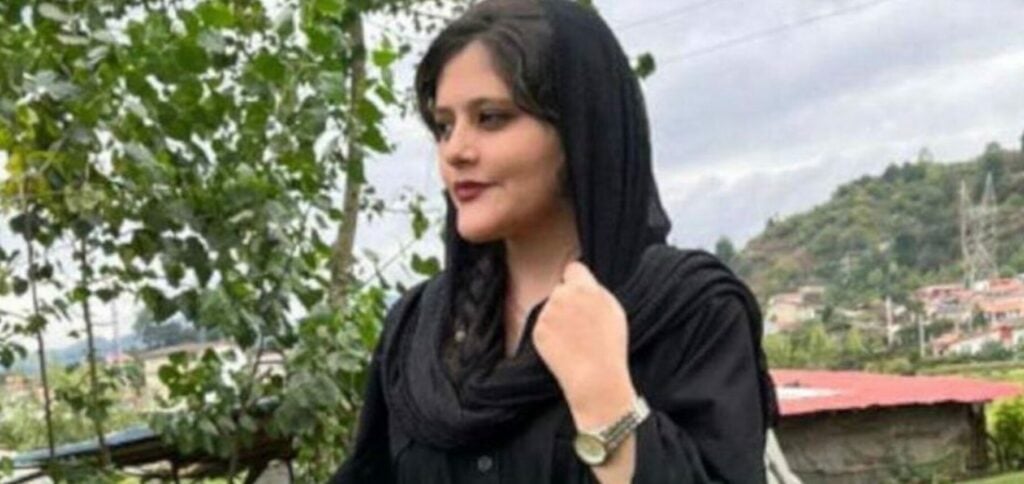Iranian authorities blocked access to Instagram and WhatsApp this Thursday (22), after six days of protests over the death of a young woman detained by the morality police, which has already left 17 people dead in the country.
ADVERTISING
The death of 22-year-old Mahsa Amini caused outrage around the world and several international non-governmental organizations denounced the brutal repression against protesters.
“Seventeen people, including protesters and police, died in the events of recent days,” state television announced, without revealing further details.
The previous report released by Iranian news agencies mentioned 11 deaths, seven protesters and four members of the security forces, during the protests.
ADVERTISING
Iranian authorities have denied any involvement in the protesters' deaths.
On Wednesday, during the UN General Assembly in New York, US President Joe Biden expressed solidarity with the “courageous women” of Iran, following a defiant speech by Iranian President Ebrahim Raisi.
Young Mahsa Amini, a native of Kurdistan (northwest), was detained on September 13 in Tehran accused of “wearing inappropriate clothing” by the morality police, a unit responsible for ensuring compliance with the country's strict dress code. She died on September 16 in a hospital.
ADVERTISING
Women in Iran must cover their hair and do not have the right to wear shorts above the knees, tight pants or ripped jeans.
According to activists, Mahsa Amini was fatally struck in the head, but Iranian authorities denied this and announced the opening of an investigation.
The demonstrations began shortly after the announcement of his death and were registered in 15 cities across the country.
ADVERTISING
Amnesty International denounced the “brutal repression” and the “illegal use of rubber bullets, lethal bullets, tear gas, water cannons and batons to disperse protesters”.
Since the demonstrations began, internet connections have slowed down and authorities subsequently blocked access to Instagram and WhatsApp.
“By decision of the authorities, it is no longer possible to access Instagram in Iran since Wednesday night. Access to WhatsApp has also been interrupted”, announced the Fars agency.
ADVERTISING
The measure was adopted because of “the actions carried out by counterrevolutionaries against national security through these social networks”, Fars added.
Instagram and WhatsApp are the most used applications in Iran after the blocking of platforms such as YouTube, Facebook, Telegram, Twitter and Tiktok in recent years. Furthermore, access to the internet is largely filtered or restricted by authorities.
In southern Iran, videos apparently from Wednesday show protesters burning a large portrait of General Qassem Soleimani, killed in a US strike in Iraq in January 2020.
In other parts of the country, protesters set fire to police vehicles and shouted slogans against the government, according to the IRNA agency. Police responded with tear gas and several arrests.
Other images show protesters resisting security forces. Videos showing women setting fire to their veils went viral in the country.
“No to the veil, no to the turban, yes to freedom and equality”, shouted the protesters in Tehran, a phrase repeated in acts of solidarity in New York or Istanbul.
Mahtab, a 22-year-old makeup artist with an orange veil that revealed her hair, declared in Tehran that “the veil should be an option, it should not be imposed.”
The demonstrations represent a “very important shock in Iran and a social crisis”, David Rigoulet-Roze, researcher at the Institute of International and Strategic Relations (IRIS), which is based in France, told AFP.
(AFP)



